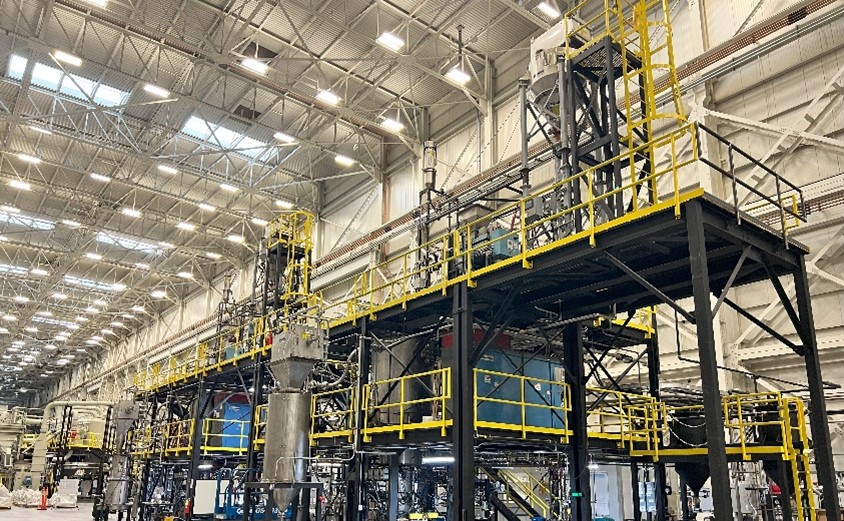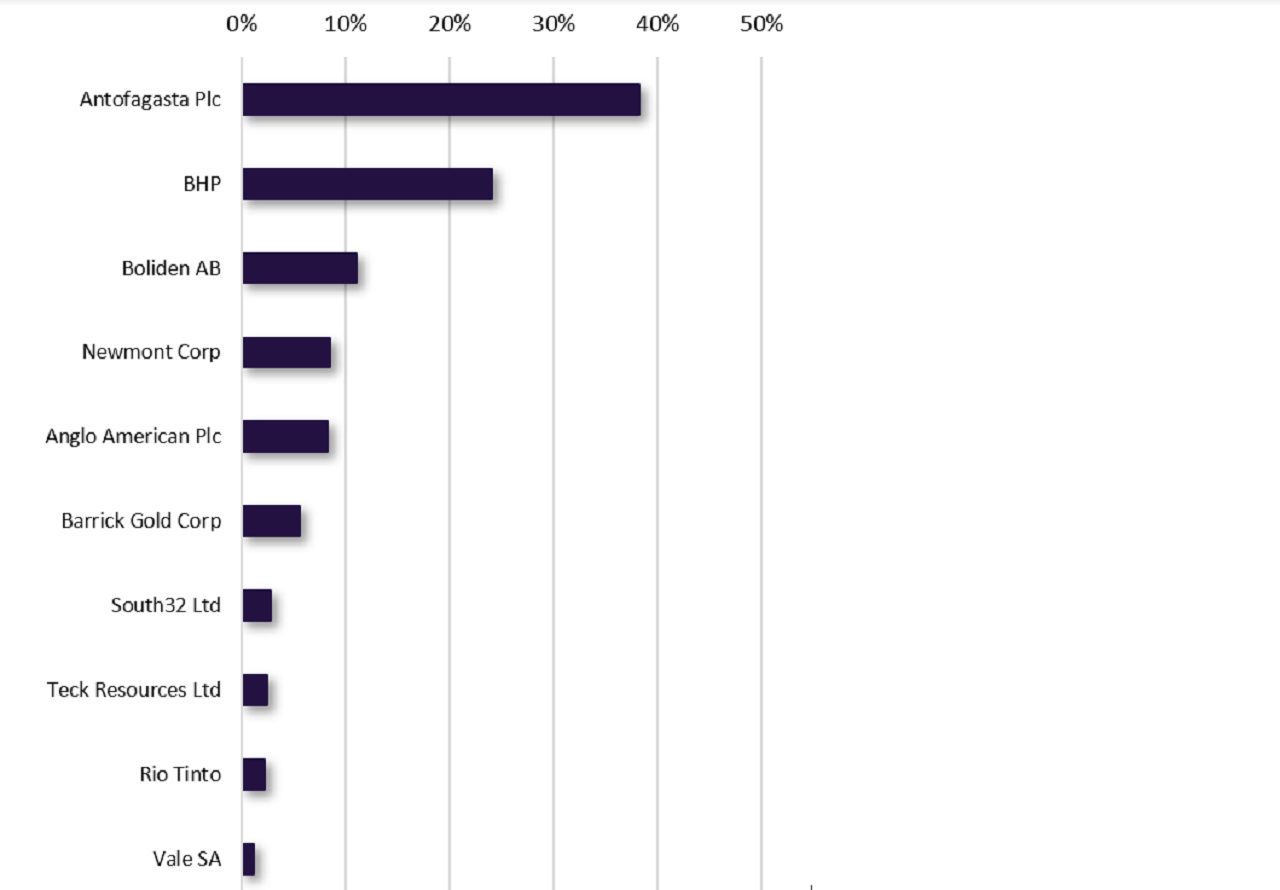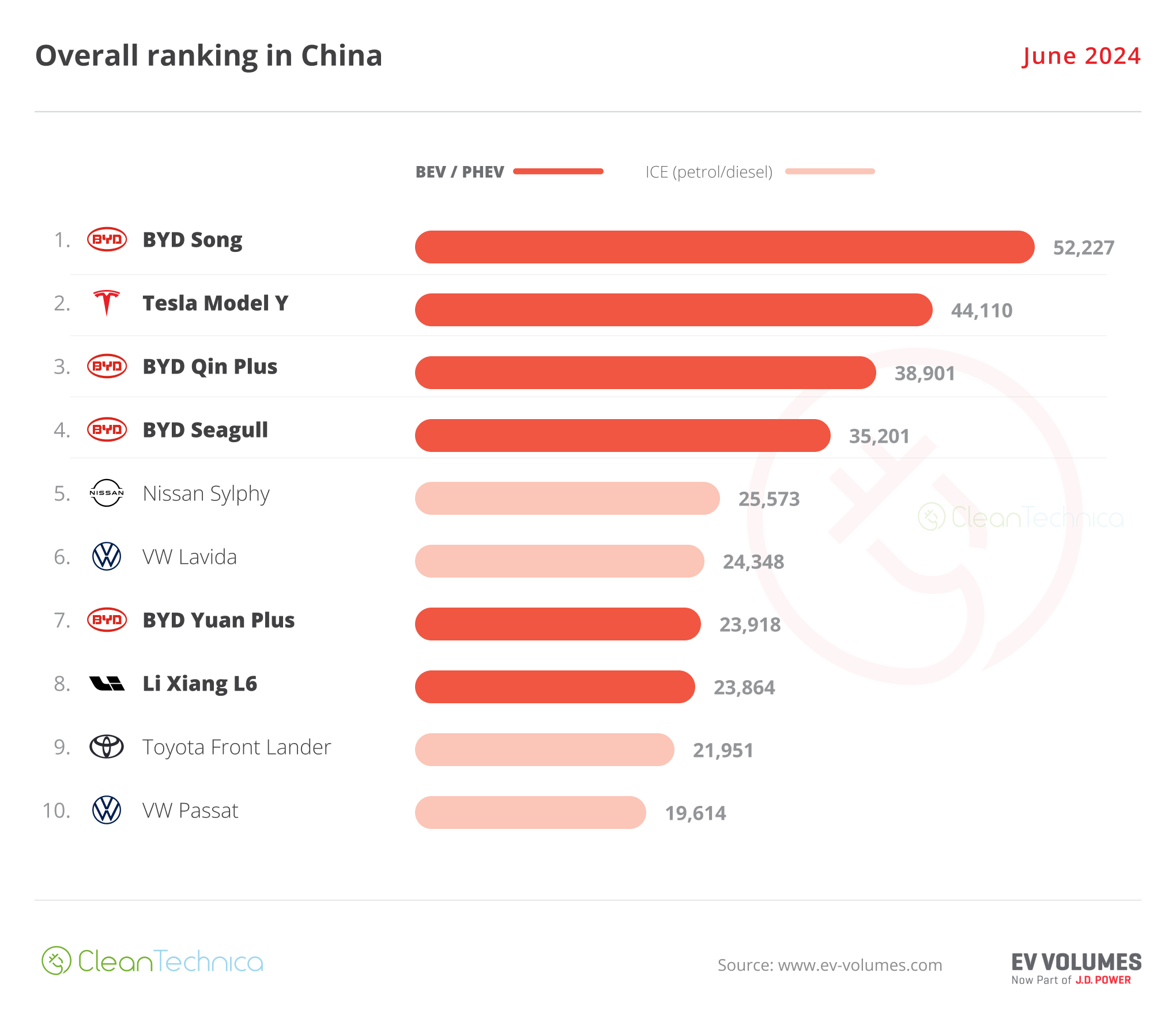Sign up for daily news updates from CleanTechnica on email. Or follow us on Google News!
The US state of Mississippi has not been a very good friend to renewable energy, which makes it a somewhat weird place to build a gigantic new green hydrogen facility. After all, green hydrogen requires solar arrays, wind farms, or other renewable energy facilities, of which Mississippi has very few. Nevertheless, the green hydrogen wheels are in motion and the project developer, the startup Hy Stor Energy, has just nailed down a key partnership with the global firm Schneider Electric to keep them in motion.
Green Hydrogen Taking Root In Mississippi, Renewable Energy Or Not
For those of you new to the topic, green hydrogen refers to hydrogen made from renewable resources. Green hydrogen is a new industry and so far much of the investor activity in that space has focused on electrolysis systems that deploy wind or solar power to jolt hydrogen loose from water.
That would seem to leave Mississippi out in the cold. As with much of the Southeast, the state’s wind resources are generally not optimal for commercial development under the current state of the technology, which partly explains why there are no wind farms in Mississippi.
The state’s solar profile is almost as lackluster. According to information compiled by the Solar Energy Industries Association, Mississippi has a total of 576 megawatts in installed solar capacity, placing it down at a lowly 36th in a state-by-state ranking.
On the bright side, though, SEIA projects that Mississippi will gain another 2,215 megawatts over the next five years, placing it at a more respectable #24 for solar growth.
In addition, the wind farm logjam appears to be busting open. Though most of the state is wind-poor, commercial development is viable in some areas. Last year the firm AES announced plans to construct Mississippi’s first utility scale wind farm, Delta Wind, with a capacity of 184.5 megawatts. The turbines will be located on working farms in Tunica County, in the northwest corner of the state where wind resources are fairly decent. AES expects the farmers to continue to growing rice, soybeans, corn and wheat around the turbines.
Where Is All The Offshore Wind?
Apparently Hy Stor is anticipating that its green hydrogen plans will help stimulate additional interest in Mississippi among wind and solar energy investors.
In a particularly interesting twist, offshore wind may be in play. At least, that’s what an artist had in mind when they created a rendering of the green hydrogen hub for Hy Stor (see image above).
That’s interesting because wind resources along Mississippi’s coast on the Gulf of Mexico are not particularly optimal. However, they are at least as good as those in Louisiana, and Louisiana is pursuing new opportunities for offshore wind development.
It remains to be seen if Mississippi exploits its offshore wind resources. The Department of the Interior manages offshore leases in federal waters through the Bureau of Ocean Energy Management. The office has auctioned Gulf of Mexico leases for Texas and Louisiana, but as of this writing it has not defined offshore lease areas for Mississippi.
Long Duration Energy Storage Is The Green Hydrogen Key
One thing that Mississippi does have is an existing platform for large scale, low cost hydrogen storage, and that is the featured element in Hy Stor’s green hydrogen plans.
Hy Stor cites the state’s “naturally occurring underground salt formations that can support the development of large caverns, allowing for the safe and effective storage of several years’ worth of green hydrogen” as the deciding element in its choice of location.
Hy Store takes note of other advantages to building a green hydrogen hub in Mississippi. In addition to an optimistic outlook on the future availability of wind and solar power in the state, Hy Stor also notes that the hub will occupy a strategic location “with proximity to existing distribution infrastructure such as interstate gas transportation pipelines and electric transmission lines, as well as interstate highways, rail lines, deepwater ports, and the Mississippi River.”
As for where exactly is this strategic location, the Hy Stor website is not particularly forthcoming. However, in July of 2022, the coastal county of Hancock let slip some details about strategic partnership between Hy Store and the Hancock County Port and Harbor Commission.
The plan is to leverage a significant bulk storage opportunity in the form of the Richton Dome, a natural salt cave near Hattiesburg in Perry County, about 100 miles north of the coast.
“Mississippi was a previously selected expansion location for the U.S. Strategic Petroleum Reserve, and its central U.S. and Gulf Coast location will serve as a Strategic Hydrogen Reserve connected to new, dedicated, dual bi-directional pipelines that will extend from Richton in Perry County to Hancock County and the Port of Bienville,” Hancock County explains.
“This will allow Mississippi to serve as a U.S. centrally located and highly connected strategic hydrogen reserve,” they add, noting that the Richton dome will ultimately connect with other domes in the region to create a sprawling green hydrogen storage network.
 Chip in a few dollars a month to help support independent cleantech coverage that helps to accelerate the cleantech revolution!
Chip in a few dollars a month to help support independent cleantech coverage that helps to accelerate the cleantech revolution!
Green Hydrogen In Mississippi: Never Give Up, Never Surrender
If you’re wondering why the Mississippi hub was not selected for funding through the Energy Department’s new $8 billion Regional Clean Hydrogen Hub program, that’s a good question. You’ll have to ask the Energy Department. We’re guessing that the selection process prioritized projects with multi-state partnerships, pushing single-state initiatives down a notch.
Also, the Energy Department program was funded through the Bipartisan Infrastructure Law, which stipulates a diverse hydrogen supply chain. In particular, BIL requires at least two of the hubs to include natural gas. That cuts into opportunities for other projects. Of the seven projects that did make the Energy Department cut, only one — the Pacific Northwest Hydrogen Hub — is focused purely on green hydrogen from electrolysis.
Apparently the snub did not slow down Hy Store. The company announced its new partnership with Schneider Electric earlier this week, on March 20, with a focus on first-of-its-kind applications.
“Innovating both the physical and digital operation of renewable and storage assets is a critical part of the energy transition,” noted Hy Stor CEO and founder Laura Luce in a press statement
“We’re grateful to have a digital partner that understands the importance of deploying climate-aligned renewable hydrogen solutions and look forward to deploying first-of-its-kind, 100% renewable, fossil-free energy that’s dispatchable to our customers 24/7,” Luce added.
If all this climate talk seems a little out of place in a Republican-led state with a reputation for right wing extremism, well, it is.
However, the green hydrogen project is also consistent with a multi-state pattern in which Republican officials have taken steps to thwart renewable energy investment on general principles, even as their own economic development agencies spend public dollars to incentivize new EV battery factories and other climate-aligned industries.
Perhaps the new green hydrogen hub could also help motivate state officials to act on EV adoption and other elements of the energy transition, so stay tuned for more on that.
Follow me @tinamcasey on Bluesky, Threads, Post, and LinkedIn.
Image: A new green hydrogen hub will help Mississippi step up its role in the energy transition, ready or not (courtesy of Hy Stor).
Have a tip for CleanTechnica? Want to advertise? Want to suggest a guest for our CleanTech Talk podcast? Contact us here.
Latest CleanTechnica TV Video
CleanTechnica uses affiliate links. See our policy here.





